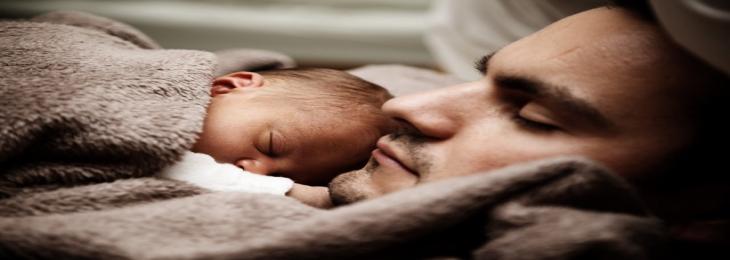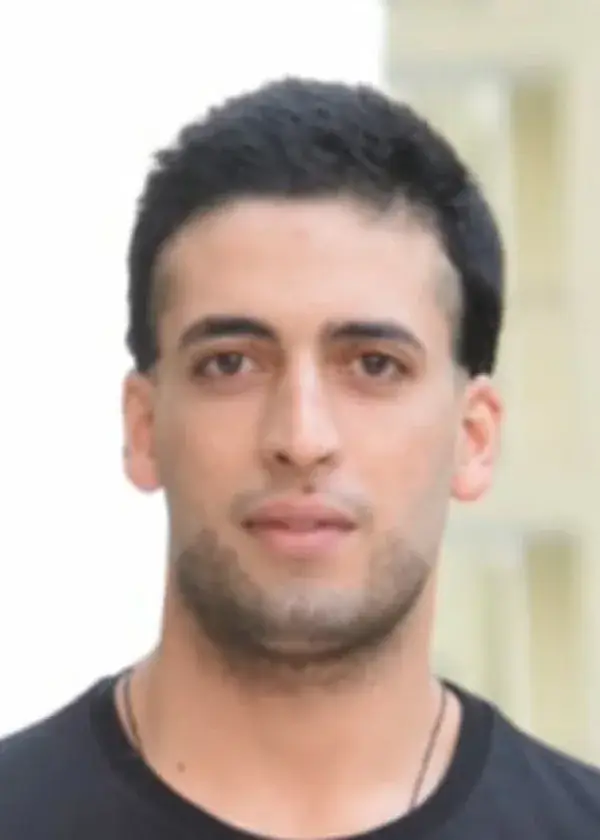
Previous studies have highlighted that repetitive head impacts are linked with development of a brain condition called as chronic traumatic encephalopathy (CTE). It was also reported that few individuals with CTE after death were found to suffer from sleep dysfunction. Moreover, there is no proper information about type of disorder and its cause.
However, according to a new research study initiated by the researchers of VA Boston Healthcare System and Boston University School of Medicine have reported to investigate the association between contact sports participation, multiple brain diseases, and symptoms characteristic of rapid eye movement (REM) sleep behavior disorder (RBD) by evaluating the brains of 247 athletes who donated to the Veteran's Affairs-Boston University-Concussion Legacy Foundation (VA-BU-CLF) Brain Bank to. Moreover, researchers informed that RBD ensues when the paralysis that normally occurs during REM sleep is partial or absent, resulting individuals to "act out" their dreams by waving their arms and legs, talking, kicking, punching, among others.
Researchers reported that around 1% of the general population undergoes from REM sleep behavior disorder, however according to the analysis researchers observed that around 32% of the contact sport athletes with CTE encounteres sleep symptoms characteristic of REM sleep behavior disorder.
Jason Adams, first author of the study stated, “We found that CTE participants with probable RBD symptoms had played contact sports for significantly more years than participants without these symptoms. The odds of reporting RBD symptoms increased about four percent per year of play.â€
Furthermore, researchers analyzed the brains of with CTE and RBD and observed an unanticipated linkage between sleep dysfunction and pathology. They found that majority of the patients with RBD have Lewy body pathology and are linked with Parkinson's disease. However, most of the CTE participants with RBD did not have Lewy pathology instead they are at higher chances to have tau pathology within brainstem nuclei included in REM sleep.






